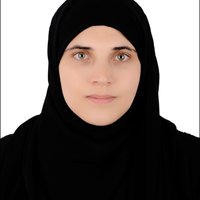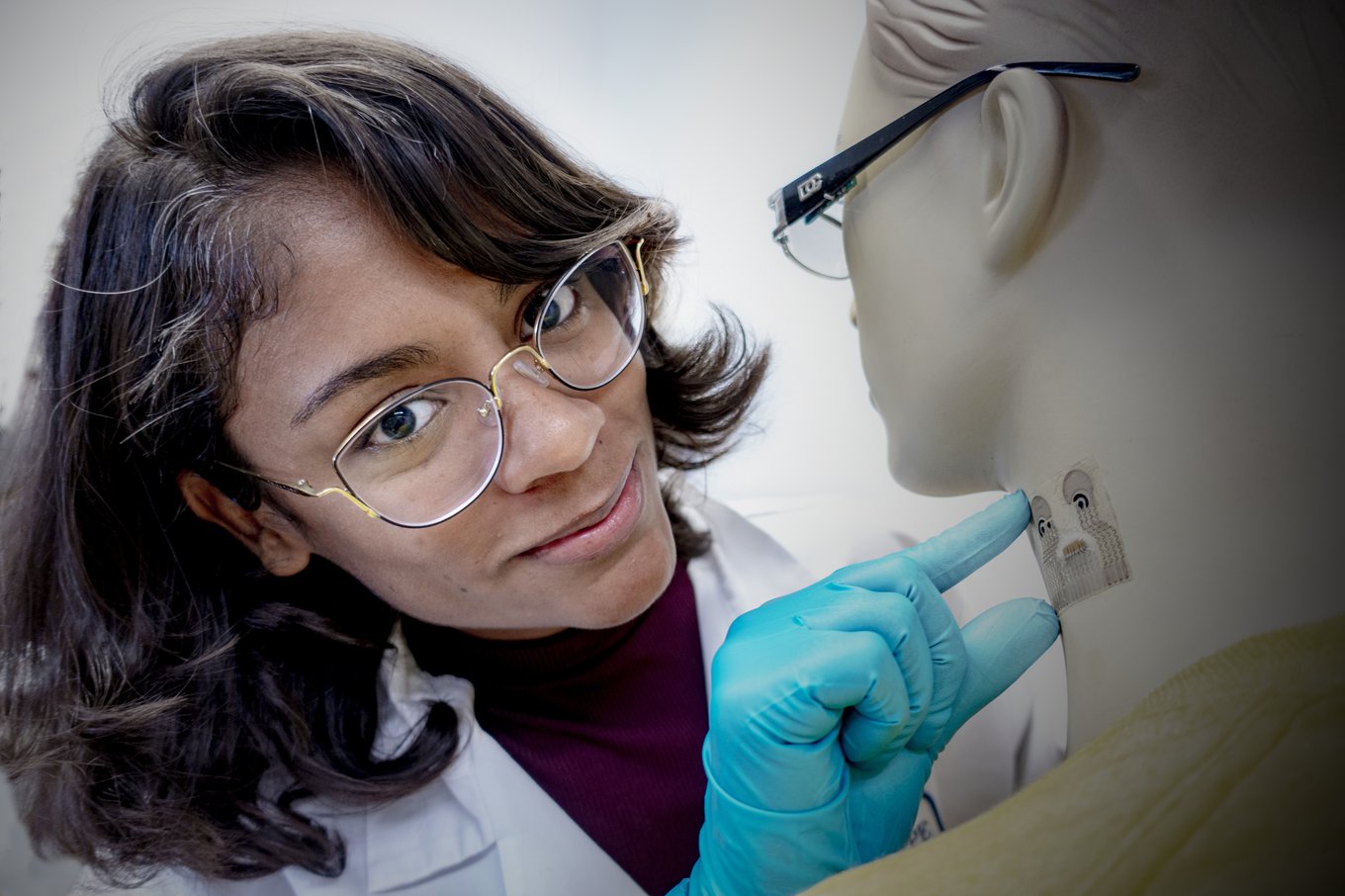Biotechnology & medicine
Juliane Sempionatto
Her wearable sensor records blood pressure and blood values, improves quality of life, and prevents heart disease at low cost.

China
Yilong ZOU
Identifying the molecular mechanisms underlying cancer’s unique vulnerability to ferroptosis.

MENA
Ghada Alhussein
Emotional intelligent dialogue agent for better healthcare quality.

Japan
Yosuke Tanigawa
Enhancing the predictive performance of genetic disease liability prediction using large-scale datasets.

Europe
Charles Chen
Senior Scientist at AstraZeneca, US / UK
